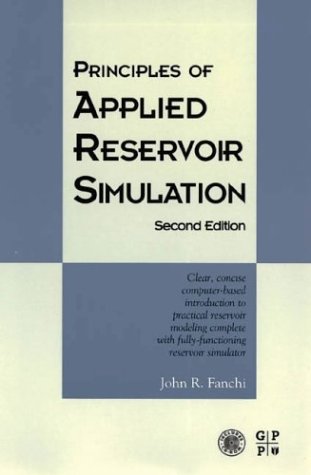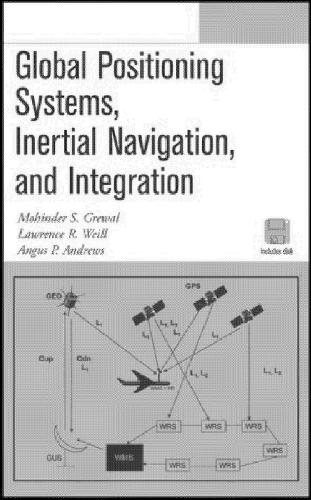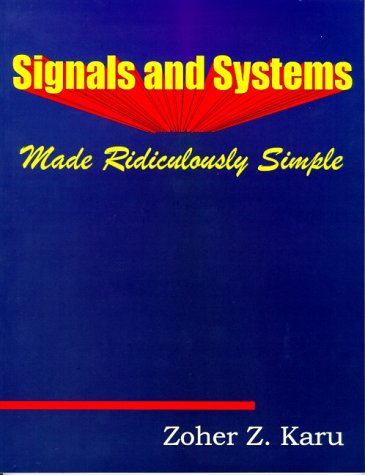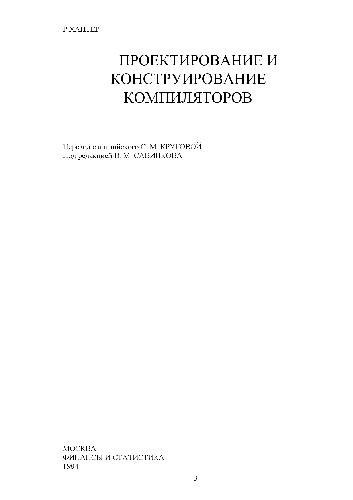John R. Fanchi PhD9780884153726, 0-88415-372-X
Table of contents :
CONTENTS……Page 8
About the Author……Page 15
Preface to Second Edition……Page 16
Preface to First Edition……Page 17
1 Introduction to Reservoir Management……Page 20
1.1 Consensus Modeling……Page 21
1.2 Management of Simulation Studies……Page 23
1.3 Outline of the Text……Page 25
Part I: Reservoir Engineering Primer……Page 28
2.1 Volumetrics……Page 30
2.2 Material Balance……Page 31
2.3 Decline Curve Analysis……Page 35
3.1 Basic Concepts……Page 38
3.2 Capillary Pressure……Page 41
3.3 Mobility……Page 43
3.4 Fractional Flow……Page 45
4.1 Conservation of Mass……Page 50
4.2 Flow Equations for Three-Phase Flow……Page 52
4.3 Flow Equations in Vector Notation……Page 55
5.1 Buckley-Leverett Theory……Page 58
5.2 Welge’s Method……Page 61
5.3 Miscible Displacement……Page 63
6.1 Frontal Advance Neglecting Gravity……Page 67
6.2 Frontal Advance Including Gravity……Page 70
6.3 Linear Stability Analysis……Page 72
7.1 Recovery Efficiency……Page 75
7.2 Patterns and Spacing……Page 77
7.3 Pattern Recovery……Page 80
8.1 Production Stages……Page 83
8.2 Enhanced Oil Recovery……Page 88
8.3 Nonconventional Fossil Fuels……Page 90
9.1 SPE/WPC Reserves……Page 94
9.2 Basic Economic Concepts……Page 96
9.3 Investment Decision Analysis……Page 100
9.4 Environmental Impact……Page 101
Part II: Reservoir Simulation……Page 106
10.1 Basics Reservoir Analysis……Page 108
10.3 Computer Modeling……Page 109
10.4 Major Elements of a Reservoir Simulation Study……Page 111
11.1 Reservoir Sampling and Scales……Page 114
11.2 Integrating Scales – the Flow Unit……Page 116
11.3 Geostatistical Case Study……Page 120
12.1 Giga Scale……Page 125
12.2 Mega Scale……Page 130
12.3 Reservoir Description Using Seismic Data……Page 134
13.1 Fluid Types……Page 139
13.2 Fluid Modeling……Page 143
13.3 Fluid Sampling……Page 147
14.1 Porosity, Permeability, Saturation and Darcy’s Law……Page 150
14.2 Relative Permeability and Capillary Pressure……Page 154
14.3 Viscous Fingering……Page 158
15.1 Conservation Laws……Page 161
15.2 Flow Equations……Page 162
15.3 Well and Facilities Modeling……Page 164
15.4 Simulator Solution Procedures……Page 165
15.5 Simulator Selection……Page 172
16.1 Mapping……Page 175
16.2 Grid Preparation……Page 177
16.3 Model Types……Page 183
16.4 Basic Simulator Volumetrics……Page 185
17.1 Data Preparation……Page 187
17.2 Pressure Correction……Page 189
17.3 Simulator Selection and Ockham’s Razor……Page 191
18 History Matching……Page 195
18.1 Illustrative History Matching Strategies……Page 196
18.2 Key History Matching Parameters……Page 199
18.3 Evaluating the History Match……Page 201
18.4 Deciding on a Match……Page 202
18.5 History Match Limitations……Page 203
19.1 Prediction Capabilities……Page 205
19.2 Prediction Process……Page 206
19.3 Sensitivity Analyses……Page 207
19.4 Economic Analysis……Page 209
19.5 Validity of Model Predictions……Page 210
Part III: Case Study……Page 214
20.2 Reservoir Structure……Page 216
20.3 Production History……Page 218
20.4 Drill Stem Test……Page 220
20.5 Fluid Properties……Page 222
20.6 Reservoir Management Constraints……Page 226
21.1 Volumetrics……Page 227
21.2 Material Balance……Page 228
21.3 Relative Permeability……Page 231
21.4 Fluid Contacts……Page 233
21.5 Grid Preparation……Page 234
22.1 Well Model Preparation……Page 237
22.2 Full Field (3D) Model History Match……Page 241
22.3 Predictions……Page 242
Part IV: WINB4D User’s Manual……Page 246
23 Introduction to WINB4D……Page 248
23.1 Program Configuration……Page 250
23.2 Input Data File – WTEMP.DAT……Page 251
23.3 Data Input Requirements……Page 252
23.4 Example Input Data Sets……Page 253
24.1 Grid Dimensions and Geometry……Page 258
24.2 Seismic Velocity Parameters……Page 264
24.3 Porosity, Permeability, and Transmissibility Distributions……Page 268
24.4 Rock and PVT Regions……Page 274
24.5 Relative Permeability and Capillary Pressure Tables……Page 276
24.6 Fluid PVT Tables……Page 277
24.7 Pressure and Saturation Initialization……Page 281
24.8 Run Control Parameters……Page 283
24.9 Solution Method Specification……Page 284
24.10 Analytic Aquifer Models……Page 286
25.1 Timestep and Output Control……Page 289
25.2 Well Information……Page 291
26.1 Initialization Data……Page 297
26.2 Recurrent Data……Page 298
Part V: Technical Supplements……Page 302
27.1 Equations……Page 304
27.2 Coordinate Orientation……Page 306
27.3 Petrophysical Model……Page 307
27.4 Material Balance……Page 310
28.1 Three-Phase Relative Permeability……Page 311
28.2 Transmissibility……Page 313
28.3 Terminology and General Comments……Page 314
28.4 Extrapolating Saturated Curves……Page 319
28.5 Gas PVT Correlation Option……Page 320
29.1 Pressure Initialization……Page 323
29.2 Gravity Segregated Saturation Initialization……Page 324
29.3 Aquifer Models……Page 326
30.1 Rate Constraint Representation……Page 329
30.2 Explicit Pressure Constraint Representation……Page 333
30.3 GOR/WOR Constraints……Page 334
30.5 Fluid Injection Constraints……Page 335
31.1 Productivity Index……Page 337
31.2 Vertical Wells……Page 338
31.3 Horizontal Wells……Page 339
32.1 Flow Equations and Phase Potentials……Page 341
32.2 Introduction of the Capillary Pressure Concept……Page 342
32.3 The Pressure Equation……Page 344
REFERENCES……Page 352
INDEX……Page 366







Reviews
There are no reviews yet.